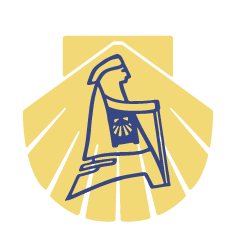Dr MacKay brings clarity to the medieval history of Spain by concentrating on two themes which provide the key to much of Spanish historical devlopment:”the frontier” from the eleventh to the thirteenth centuries; and “the preparation for Empire”during the fourteenth and fifteenth centuries.
First printed 1929
First published 1923
In the twelfth century a wave of Arabic texst swept north across the Pyrenees, changing the intellectual map of Latin Europe and making possible – in the thirteenth century – the rise of the University of Paris and the birth of Scholasticism. It was te translators who made this possible, who made these texts over […]
Few truly masterly works in literature, music, and graphic arts have been as sadly neglectes as the thirteenth-century “Cantigas de Santa Maria”of king Alfonso X “El Sabio” (1221-1284). This collection of 420 poems and songs recounting miracles performed by the Virgin Mary was written not in Castillian but in Galician-Portuguese, an important spoken and literary […]
The history of the Iberian peninsula, from at least Roman times to the present, has been characterised by a tension between the radical and cultural diversity of its different regions and the attempts of successive rulers to impose a political and natinal unity upon it. From this conflict a distinctive Hispanic identity has emerged. In […]
The medieval cult of saints: formations and transformations explores the politacal economy and visual topography of the cult of saint in Medieval Europe. Especially in the eleventh and twelfth centuries, litugies for veneration of saints were incorporated into public spectacles staged in sumptuous architecture and coordinated with market fairs that attracted audiences of locals and […]
